Amazingly it is six years since I first wrote about my grandfather Henry Price and his army service with the Kennedy Regiment on board the Kanowna at the outbreak of World War One. Read that blog post here. Back then I struggled to find information about the Kanowna incident and what happened to those on board after the ship’s crew mutinied and demanded to go back to Townsville.
A lot has happened since 2011 including World War One centenary celebrations which included looking at the Kennedy Regiment and the role Townsville played in those early days of the war. The centenary in 2014 attracted newspaper coverage and I have kept the Courier Mail’s feature story from 5 August 2014 which was part of their Remembering Queensland Troops series. There were maps, photographs, letters and postcards, statistics and text setting out the history of why Queensland sent troops on 9 August 1914 as part of the Australian Naval & Military Expeditionary Force (AN&MEF).
My grandfather Henry Price was one of those early volunteers who left from Townsville on board the Kanowna. I didn’t know it back then, but his brother Herbert Leslie Price was also on board. With the National Archives of Australia’s World War One army dossiers now digitised and freely available online, I was able to look at Uncle Les’ dossier and see that he was on the Kanowna before he went to Europe later in the war. You always need to revisit your research as new resources come online all the time or you think to look at things you never considered before.
The Kanowna was requisitioned by the Australian military to transport 1000 soldiers to German New Guinea as part of the AN&MEF. The Kennedy Regiment was the first regiment called to service and it was joined by the Citizen’s Force, a group of men aged between 18 and 60 from North Queensland rifle clubs. The Citizen’s Force were not trained soldiers and had to leave their jobs and families to serve.
They first went to Thursday Island where they had to manage the fort and patrol the Island. So lots of time spent digging trenches, building fortifications and guard duties. Within five days of arriving on Thursday Island the troops were asked who wanted to stay on Thursday Island and help protect Australia’s shores and 500 troops accepted. The other 500 troops accepted to join the Sydney 2nd Battalion AN&MEF and go on to German New Guinea. My grandfather Henry Price and his brother Les Price were part of this second group.
They left Thursday Island on board the Kanowna which still had it’s civilian crew who had not signed up for military service. They arrived at Port Moresby, New Guinea on 18 August 1914 and then waited for two weeks for the rest of the Australian Naval Fleet to arrive. On 5 September Colonel W Holmes inspected the troops on the Kanowna and two days later the Fleet left for Rabaul in convoy.
The Kanowna fell behind as the civilian crew had mutinied and refused to travel any further. Troops on board offered to take over the crew’s duties but it was decided to send the Kanowna back to Townsville on the grounds that the ship, its crew and troops were generally deemed unfit for active service. They became known as the ‘Dirty 500’ and arrived in Townsville on 10 September 1914.
The ‘Dirty 500’ tag came about because most of the men only had the one set of clothes and washing facilities were not that good on the Kanowna as she had no facilities for condensing fresh water on board. The ABC News on 12 August 2014 did a feature on ‘Dirty 500 Queenslanders honoured in WW1 centenary tribute‘.
Many of the men went on to re-enlist in the 1st AIF and went to Gallipoli and later France.
Henry Price decided not to re-enlist and went home to his wife and three children and that was the end of his military service. As my mother was not born until 1934 I’m glad that he didn’t go to Gallipoli with his mates as he may not have come home and this blog post would never be written. Les decided not to immediately re-enlist but changed his mind in 1916 and served in France. In the meantime their brother George Price had enlisted and saw service on the Western Front where he was gassed and suffered long term health problems as a result.
In August this year I was in Townsville and visited the North Queensland Army Museum which has a wonderful tribute to the Kennedy Regiment outlining its history from the beginning. There was also a section on the Boer War and North Queensland’s involvement and Henry’s two older brothers, Solomon and William Price both went to the Boer War, first as part of Queensland contingents and a second time as part of a Commonwealth contingent.
Henry’s four sons continued the military tradition when they enlisted for World War Two and his eldest son Gordon was one of the Rats of Tobruk.
Rememberance Day is a time to think about our family’s involvement in times of war and like most families, we can see military traditions passed down through families. Let’s keep their stories alive. Lest we forget.


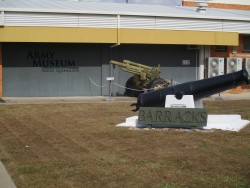
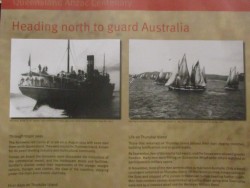
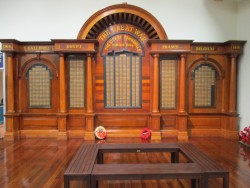
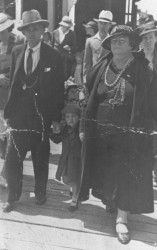
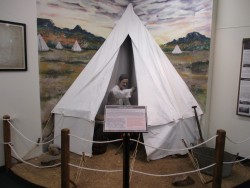
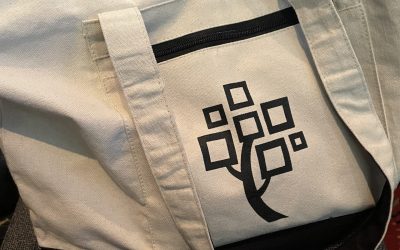
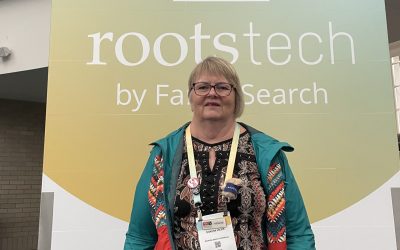
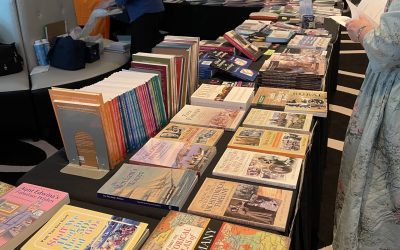
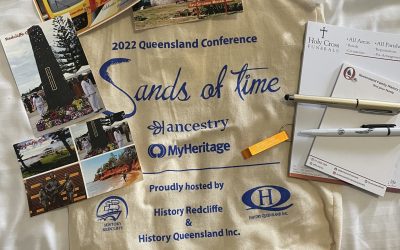
Such difficult times…no matter how much we read, I doubt we will ever fully understand what it was like in those situations.